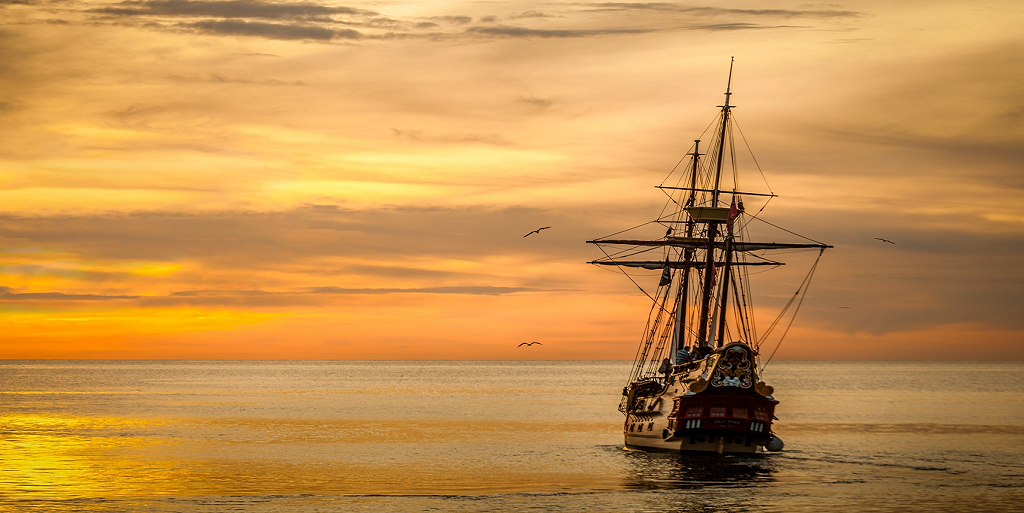Merfolk
Colloquially: Mermaids
Much more common than Sirens, but easier to mistake for a manatee, Mermaids are much more likely to drown an unsuspecting sailor than they are to become their lover.
Basic Information
Anatomy
Mermaids, unlike their Siren cousins, are solely water-dwelling creatures. They’re not quite as humanoid as Sirens, with fins in odd places, too long limbs and oddly squashed faces, but they’re beautiful in their own way, with kaleidoscopic patterns along their bodies and frilled fins.
Like most aquatic creatures, Merfolk have gills both along their throats and their ribs, which allows them to breathe under water. They can breathe air like a human for several hours on end, but generally only do this when they want to sunbathe or speak with humans.
When viewed from above the water, Merfolk are easily confused for Sirens or human women with fish tails, giving credence to the myths surrounding them.
Biological Traits
While the myths surrounding Merfolk suggest that they're a fully female populace, there are male Merfolk. Due to the fact that they’re more fish than human, Merfolk tend to sway toward androgynous as far as their appearances go, with very little difference between male and female Merfolk, though male Merfolk do tend to me smaller and more brightly coloured than female Merfolk are.
A Merfolk’s appearance is almost wholly based on where they are born, with Merfolk in colder climes being built more for energy and heat conservation than their tropical counterparts, which are built for speed.
Ecology and Habitats
Merfolk generally prefer to live near coastlines, in caves and coves, however, they rarely choose to live around human towns or cities. They may decide to live near smaller settlements, though generally they will only do so if they can strike up a deal with the local humans.
While Merfolk are mostly ocean-dwelling creatures, they have been found inland, in brackish rivers and even occasion in freshwater lakes, though this is incredibly rare.
Dietary Needs and Habits
While Merfolk have a seafood based diet, they do occasionally eat other types of meat, as well as the occasional plant.
Additional Information
Social Structure
Generally Merfolk tend to live in family groups, or pods of up to 50 individuals, each with their own responsibilities in the pod. The title of leader of the pod is usually given to the oldest Merfolk in the pod and is passed down to the next oldest as necessary.
Uses, Products & Exploitation
Merfolk scales can be used as a Magical component, as well as their blood. Generally Merfolk are happy to trade loose scales and drops of blood for human-trinkets, bits of food, or stories, though its better to simply buy these at a component store, as Merfolk have on occasion used the lure of components to draw people close enough to be drowned.
Geographic Origin and Distribution
Merfolk can be found mostly on the coasts, in coves and caves and inlets where they can find shelter away from humans. It’s fairly rare to find Merfolk in the middle of the ocean, though not unheard of.
Perception and Sensory Capabilities
Similarly to Sirens, Merfolk possess the ability to see underwater with perfect clarity, though their above-water vision is foggy at best. Merfolk also have the ability to echo-locate and have a tendency to mix those sounds with Merrow Speech to communicate with each other as well as hunt.
Civilization and Culture
Major Language Groups and Dialects
Most Merfolk have a grasp on Trade as a language, though many of them can only speak Merrow Speech.
Lifespan
~90-100 years



Comments